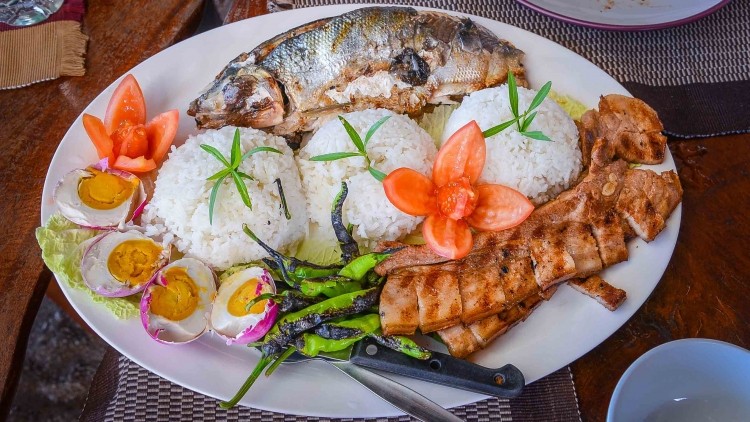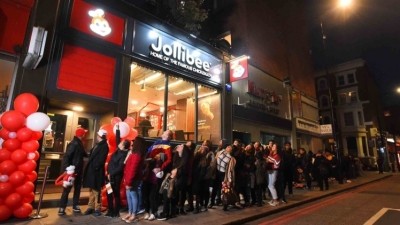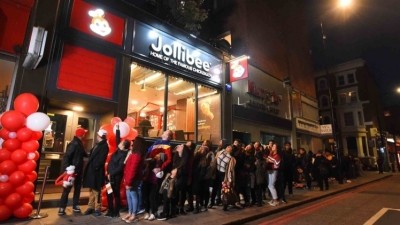The Lowdown: Filipino cuisine

Filipino food? I don’t think I’ve ever had it.
You might not have done, despite the fact that there are over 300,000 Filipinos living in the UK. Even in London Filipino restaurants are few and far between, and despite our culture of eating all types of world food, Filipino is one of the cuisines that still remains actually foreign to many diners. It was unusual, therefore, for London to have two Filipino restaurant launches in just one month.
Which launches were those?
The first was Jollibee, which had a heavily publicised launch at which some customers queued for 18 hours. It’s the biggest fast food brand in the Philippines by far, and hordes of UK-dwelling Filipinos flocked to its launch. The fare is similar to UK fast food in some respects, and completely different in others.
What was the second launch?
100 Hoxton founder and Filipino chef, Francis Puyat, has launched a restaurant with his business partner. Kinilaw & Buko merges two Filipino food concepts: Kinilaw is a Filipino take on ceviche, and Buko is a type of Filipino ice cream served in a baby coconut shell.
That sounds different from Jollibee - so what actually is Filipino food, then?
In short it’s a mixture of cuisines from any country that invaded or attempted to colonise the Philippines (the cuisine takes influences from the Pacific Rim, Malaysia, China, South American and Spain) resulting in fusion food.
What are its characteristics?
The Philippines is a historical port of trade as well as being undeniably tropical, located just 12 degrees from the equator. It gets very hot, so lots of the foodstuffs the locals ate in the past relied on preservation methods to stop them from going off, using vinegar, salt and sugar. Filipino food tends to employ those three main tastes: think things like meats marinated in vinegary concoctions before being stewed; cured eggs; sweet, sugary desserts made with sour fruits and sugary sweet purple tubers; seafood with funky shrimp paste; grilled meats; rice; and noodles.
So how do the two restaurants that launched this month fit into that description?
Jollibee’s fried chicken is extremely salty, marinated in something slightly sour and then breaded in a sweet coating - it’s a far cry from KFC and represents Filipino food packaged and delivered in a Western way. Similarly, Kinilaw & Buko serves Filipino ceviche, with flavour combinations such as chayote, bitter melon, eggplant, cherry tomatoes, water spinach, and crispy shallots; and salted duck egg with heirloom tomato, mustard leaf and grated cured yolk. These flavour combinations capture the Filipino palate perfectly.
So why is it becoming so popular now?
The move of Filipino food into the mainstream was predicted a long time ago by both the late Anthony Bourdain, (who once said he felt a “personal connection” with the country) and American chef and TV personality Andrew Zimmern (who predicted it to be “the next big thing” back in 2012). In the US, celebrated food trend leader and former Mission Chinese executive chef Angela Dimayuga made sure to put sinigang and bibingka on the brunch menu at the restaurant, opening the gates for the previously shunned cuisine to sit alongside more accessible options, easing customers into the cuisine.
So what’s next for the cuisine?
Well, tipped as a new food trend we can probably expect to see more restaurants serving the tropical island’s food across the UK. One of the teams competing on the Fred Sirieix-fronted TV show Million Pound Menu is BBQ Dreamz, the KERB street food outfit that is renowned for its Filipino barbecue dishes, and the extra publicity will most likely help to propel the cuisine further into the spotlight.













